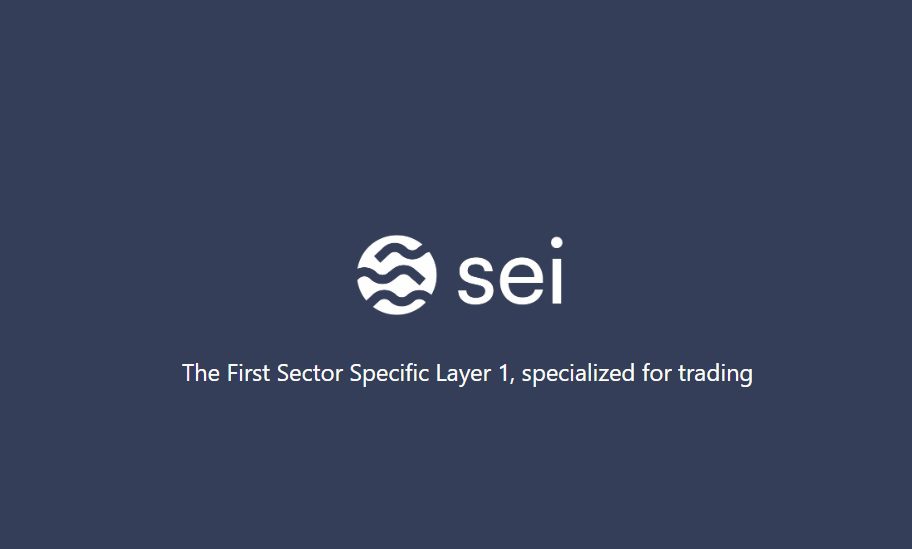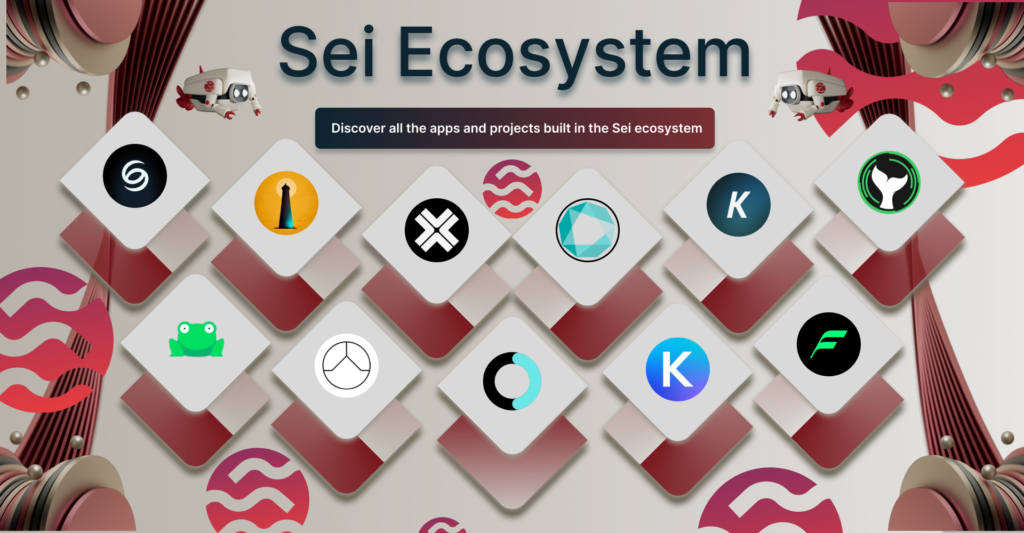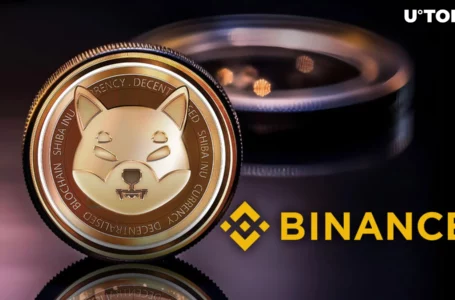
Sei is a sector-specific layer-1 chain optimized for trading. Sei promises lightning-fast transaction finality of 600ms and 22,000 orders per second. It has been dubbed the “Decentralized NASDAQ” for its focus on providing a CeFi trading experience with DeFi tools.
What Is Sei?
Sei is an L1 chain built with one purpose: to become the chain for new decentralized exchanges (DEXs) across DeFi, NFTs and gaming. It is built with the Cosmos SDK, allowing it to be sector-specific and focused on trading. However, unlike the app-specific blockchains (like dYdX or Osmosis) of the Cosmos ecosystem that build a blockchain for only one application, Sei is a blockchain for many applications that are all within a sector — DEX applications. It aims to achieve its ambitious goals with improvements in three main areas: performance, security, and interoperability.
Sei promises lightning-fast transaction finality of 600ms. This would put Sei on par or competing with centralized exchanges (CEXs) in terms of executing orders, and better than current DEXs in the market. The fast throughput of the blockchain is also vital to its native order matching engine model that is to replace the traditional AMM trading model.Comparing to other general purpose chains like Bitcoin, Ethereum and Solana, this is what Sei claims to offer:

On the security side, Sei relies on the Tendermint Core consensus mechanism backing the Cosmos ecosystem. By using frequent batch auctions, Sei promises to prevent MEV and front-running. This allows apps on Sei to use its validators and guarantee a smooth trading experience for customers.Sei is also partnering with several protocols to maximize interoperability. For example, it announced a partnership with Axelar, a cross-chain infrastructure provider that will improve bridging, communication with other protocols, and capital movement to and from other blockchains.
The Sei Team and Investors
Sei Network was founded by Jeffrey Feng and Jayendra Jog and boasts more highly-experienced team members with work experience from companies like Airbnb and Goldman Sachs.
It raised $5 million in a funding round led by Multicoin Capital with participation from Coinbase Ventures, Delphi Digital, Hudson River Trading, GSR, Hypersphere, Flow Traders, Kronos Research and the founders of Anchorage, Frax, Yield Guild Games and Tangent.
Moreover, Sei recently announced a $50 million ecosystem and liquidity fund to introduce liquidity and incentivize dApps to build, with participation from top venture capital firms, market makers and exchanges like Multicoin Capital, Delphi Digital, Hudson River Trading, GSR, Flow Traders, MEXC, Kronos, Hypersphere and several others.
How Does Sei Work?
Before diving into the tech behind Sei, we need to clarify which problems the blockchain solves:1. General-purpose chains like Ethereum don’t optimize for specific use cases like decentralized exchanges. This holds back their development.2. You can’t build an order book model exchange on a general-purpose chain because it is too congested.
3. General-purpose L1s are too slow and can’t offer the trading experience that centralized exchanges offer. Sei argues that DeFi is split into two camps: either protocols built on general purpose chains like Ethereum or protocols that have their own app-chain like Osmosis (OSMO). Sei aims for the sweet spot between those two: a sector-specific chain that maximizes for decentralized exchanges.
Technically, this is made possible with several innovations. First, Sei offers front-running prevention by executing orders with frequent batch auctioning. One of the main pain points of DEXes is that orders either are not processed on-chain or overload most blockchains if they are processed on-chain or are processed on-chain on a fast blockchain that sacrifices either decentralization or security (the Blockchain Trilemma). Instead of executing orders one by one, Sei aggregates orders at the end of the block and executes them at the same time, thereby preventing front-running. Sei also uses native price oracles that provide reliable data feeds and minimize external dependencies. Unlike other DEXes, it leverages single-block order execution. Instead of dealing with the placement and execution of an order in two transactions, Sei does so in one. Moreover, it bundles orders on multiple levels, allowing market makers and pro traders to minimize gas costs. All this allows Sei to go at the market with its “decentralized NASDAQ” value pitch. Most decentralized exchanges solve the previously mentioned problems by deploying an automated market maker (AMM) for users to trade against. However, with CEXes still holding over 90% of the trading volume, that solution evidently has not impressed the market. Sei promises that its tech stack makes an order book model possible, which it dubs the Centralized Limit Order Book (CLOB).
In short, the goal is to enable high-frequency trading with off-chain speed while retaining on-chain security.
The Sei Token and Sei Airdrop
The Sei protocol is still in its ‘’Seinami’’ incentivized testnet stage and is yet to announce a Sei token or a Sei token airdrop.
The Sei Ecosystem
Despite being still at an early stage of its development, Sei already boasts several partners in its ecosystem. Here is the full public Sei ecosystem market map at the moment (20 announced).



















